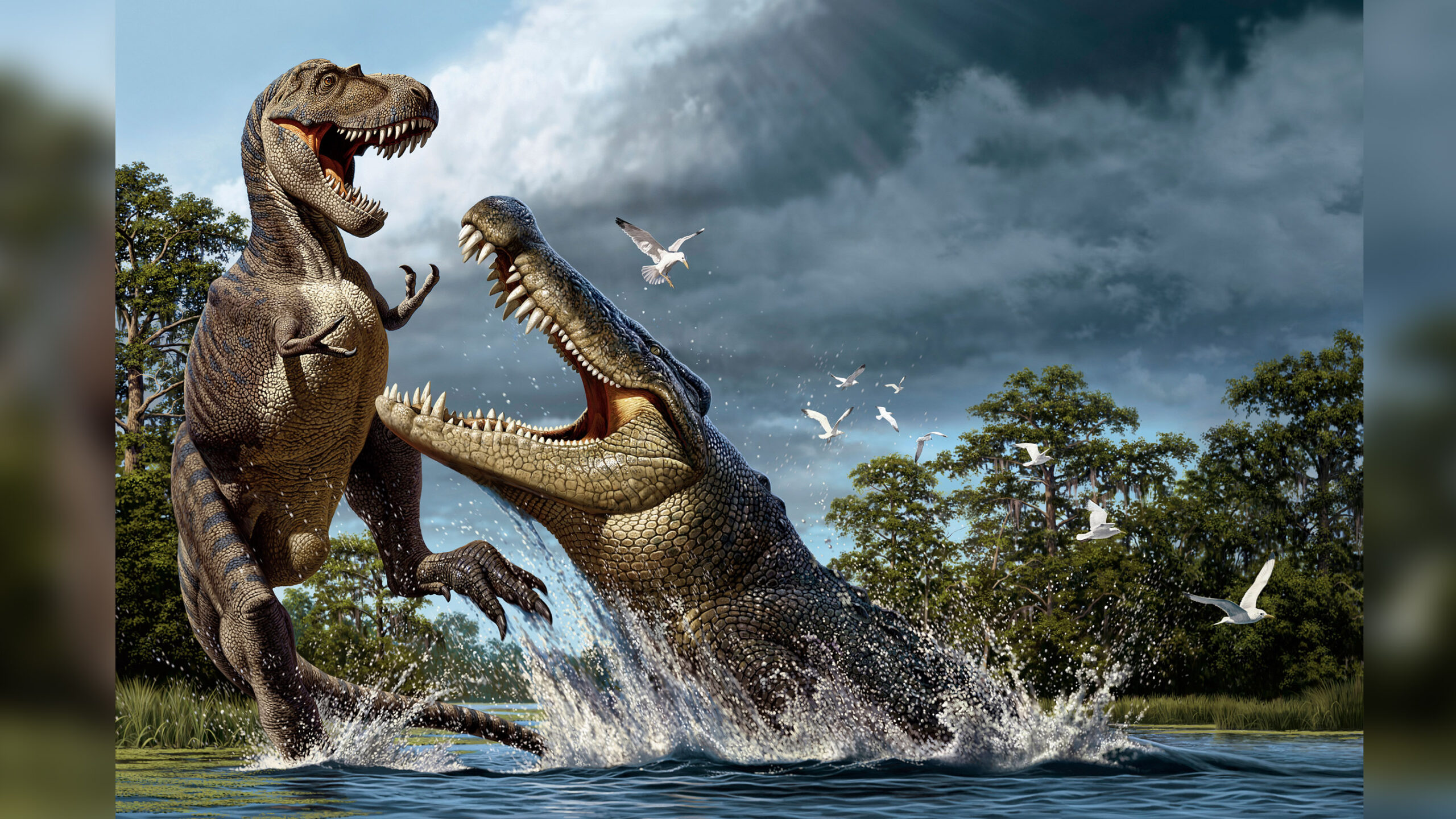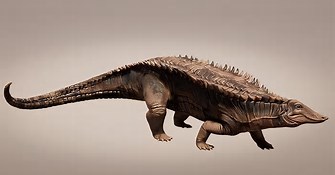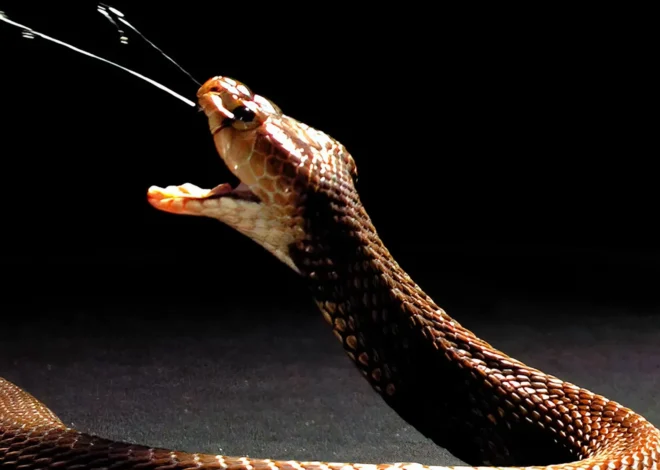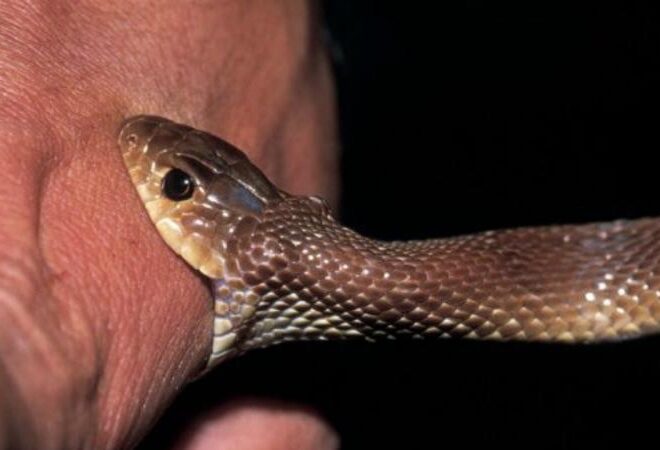
Ancient Crocodile-Like Reptiles Before Dinosaurs
Before dinosaurs rose to dominance, Earth was initially ruled by ancient crocodile-like reptiles during the early and middle Triassic period, roughly 252 to 201 million years ago. After the mass extinction event at the end of the Permian period, which wiped out approximately 90% of Earth’s species, a group of reptiles known as archosaurs emerged as the dominant terrestrial vertebrates. Archosaurs split into two major lineages: Pseudosuchia, which includes the ancestors of modern crocodiles, and Ornithodira, which later gave rise to dinosaurs and pterosaurs.

During the Triassic period, the Pseudosuchians, which were diverse and often large predators, thrived in various ecological niches. Some of these early crocodile relatives, such as Postosuchus and Prestosuchus, were apex predators in their environments, hunting other reptiles, amphibians, and early mammal-like reptiles. These ancient crocodile ancestors had a variety of forms, including heavily armored herbivores and agile, bipedal predators. Their dominance was evident in many ecosystems across Pangaea, the supercontinent that existed during the Triassic period.
| Category | Details |
|---|---|
| Time Period | Early to Middle Triassic period (approximately 252 to 201 million years ago) |
| Dominant Group | Archosaurs, specifically the Pseudosuchians (ancestors of modern crocodiles) |
| Major Species | Postosuchus, Prestosuchus, and other large, diverse reptilian predators |
| Ecosystems | Thrived in various ecosystems across the supercontinent Pangaea, occupying diverse niches |
| Characteristics | Varied forms including heavily armored herbivores, agile bipedal predators, and apex predators |
| Role | Served as top predators in many environments, predating on other reptiles and early mammals |
| Extinction Event | Ended by the Triassic-Jurassic extinction event around 201 million years ago |
| Legacy | Modern crocodiles are the closest living relatives, descending from these ancient rulers |
As the Triassic period progressed, the climate and environment underwent significant changes, setting the stage for the rise of dinosaurs. By the end of the Triassic period, many of these early crocodile relatives faced extinction due to another mass extinction event, the Triassic-Jurassic extinction, approximately 201 million years ago. This event dramatically reshaped Earth’s ecosystems, reducing competition and allowing dinosaurs to diversify and become the dominant terrestrial vertebrates for the next 135 million years. However, the legacy of those early crocodile-like reptiles lives on in the modern crocodiles, which are the closest living relatives to these ancient rulers of Earth.



